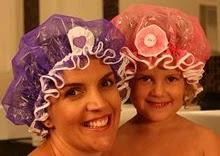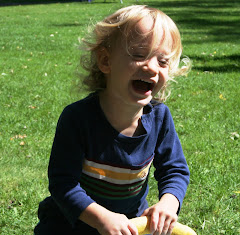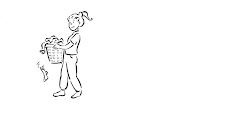Because lice can't live long off the scalp, it's much harder, but not impossible, for lice to be spread by sharing hats, brushes, hair accessories and combs. It's a good idea not to share these items.
Coming into close contact with an already infested person is how lice spreads. In children, contact is common during play, while riding the school bus, and during classroom activities in which children sit in groups close to each other.
Wearing infested clothing, such as hats, scarves, coats, sports uniforms, or hair ribbons, using infested combs, brushes, or towels, lying on a bed, couch, pillow, carpet, or stuffed animal that has been contaminated should be avoided. Remember, lice do not jump or fly. Lice are not spread to humans from pets or other animals.
At RoshNakki we educate parents about head lice. Avoid direct contact with a person who has lice, or with their clothing or personal belongings.
Watch for signs of lice, such as frequent head scratching.
Nits do not cause symptoms, but they can be seen on the hair shaft; they are yellow-white and oval-shaped.
Teach children not to share personal items.Examine household members and close contacts of a person with head lice, and treat if infested.
Make sure schools, camps, and child-care centers provide separate cubbies or lockers for clothing and other personal articles.
Exclude children with head lice from school or day care according to the institution's policy.
LICENDERS makes all natural lice products which are gentle on the scalp but harsh on the bug to help you get rid of lice.
Please feel free to call in your questions & visit our websites: http://www.roshnakki.co.il/ & http://licenders.com/
Call: 0775506369
Call: 0775506369






























